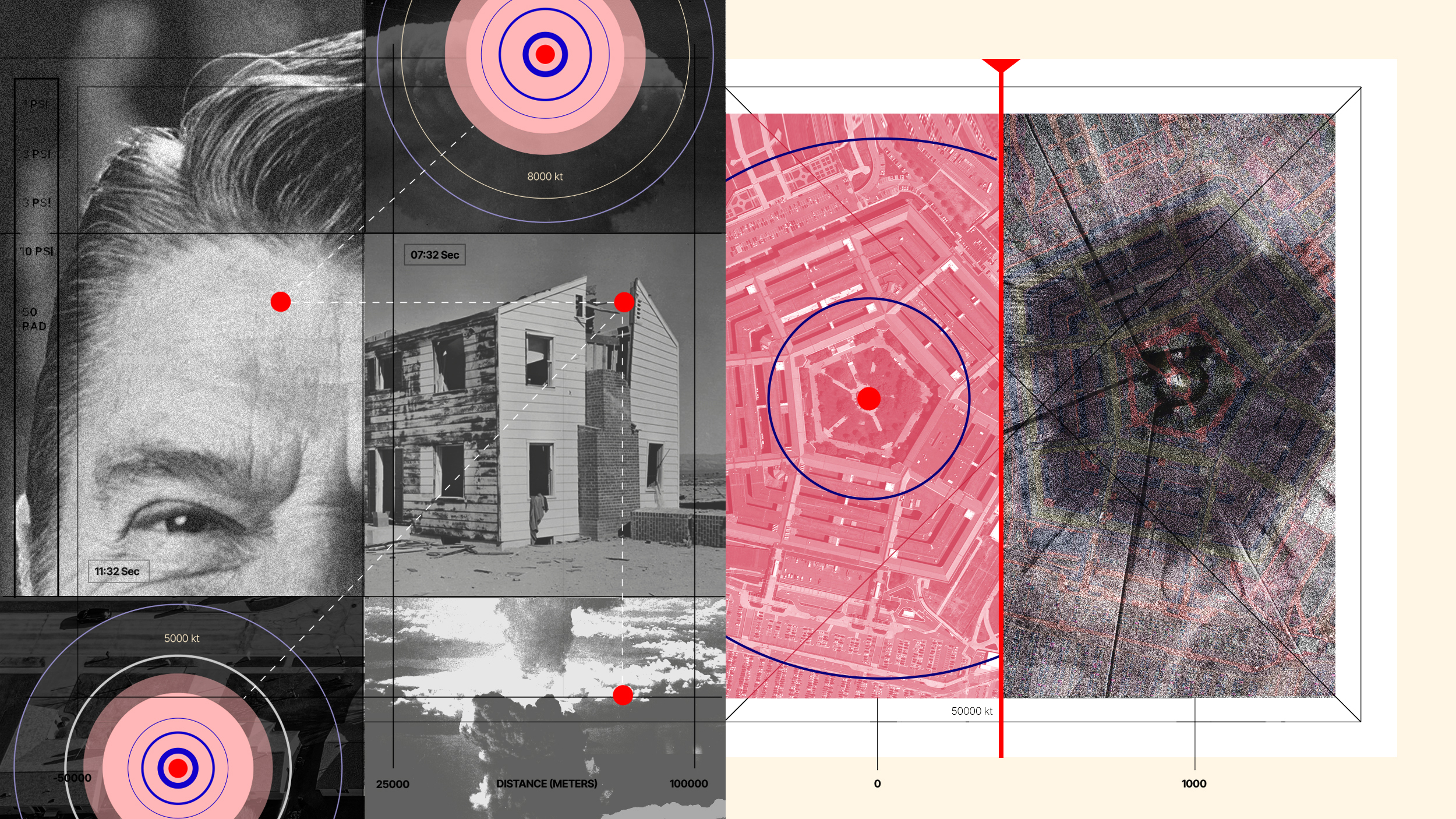The old cliché of the land of snake charmers has gradually been dispelled by the idea of a country of computer geeks. Shashi Tharoor dispels and confirms the constructed India of the popular imagination.
Question: What are the West’s biggest misconceptions of India?
Shashi Tharoor: Well there . . . there’s about three different sets of misperceptions. The old one is, of course, the old cliché – the land of poverty, suffering, the begging bowl, the naked fakir on his bed of nails. I mean that . . . that . . . Those images of the snake charmer . . . that . . . That image of India, which I think is gradually being supplanted, but it has still a . . . a . . . a hold on the popular imagination because it was drilled into people’s minds and . . . and . . . and eyes for . . . for decades if not centuries. And that image is being gradually dispelled, I think, by the new India of . . . of software geeks and . . . and . . . and computer gurus. So maybe that’s changing, but that’s certainly one image that I’d like to dispel. The second image is perhaps the . . . the paradoxical one of the land that’s stealing away American jobs. There’s now an increasing sense of jobs being outsourced to Bangalore. You know people get laid off and they say, “I’ve been Bangalored.” In fact, India has only created one million IT jobs in the last 10 years. And during that time America has shed three million jobs. But each of those three million Americans is looking at those one million jobs in India and saying, “That’s my job.” So there is that . . . that sense of stereotyping and misunderstanding which I think needs to be dispelled both because it’s not true, but also because it plays into a very negative and unconstructive view of today’s globalization – which I think . . . which I think is worth . . . worth dispelling in the interest of Americans and Indians. And the third set of images is probably of exotic India – the land of Yoga and . . . and . . . and . . . and of course the movies of Bollywood. And the ashrams and retreats where people can go sit in the Himalayas and meditate. That sort of image got a boost really in the late ‘60s with the Beatles going off and learning transcendental meditation from ____________. And from then on, you’ve had the likes of ___________ and Goldie Hawn going off to India. You’ve heard Richard Gere discovering the Dalai Lama in India. You’ve had a set of certain . . . opening up to this spirituality and otherworldly yearnings that come from Indian experience. Now that’s not a bad thing. In fact, each of these three stereotypes has some kernel of truth, and I don’t want to deny that. Poverty is real. There are 260 million Indians who live on . . . live on the wrong side of a poverty line that’s been drawn just this side of the funeral pyre. So that’s . . . It’s real, but it’s being overcome and the other India is sufficiently known. The . . . the . . . the . . . The second cliché as I said . . . Yes. Some jobs are being created in India that were lost in America, but it’s not the whole story. And third, on the exoticism, and the spirituality, and the other worldliness, that’s true too. We have more than our fair share of . . . of gurus, and “godmen”, and seekers of truth and so on. And we do have something to offer the people of what to look for – that kind of truth back in India. But having said that, it’s also true to say that India is, in many ways, not that different from any other country in the world. It’s full of people who are trying to make a living; give their kids a decent education; get three meals a day; put a roof over their heads; try and achieve some conventional aspirations in life, including financial and material security. And that aspect of India as a normal society, going beyond the clichés of the three kinds of stereotypes I described to you, is something that I would like people to be more conscious of. And I think in America, the increasing numbers of . . . of Indian Americans are now up to about three million in this country is beginning to change that for the better. Because when you see Indians are folks just like you – who dress like you, who talk like you, who work like you, but they’re Indian and they go back to families, or at least, at the very least ancestors and relatives in India – that changes the way that you think about India, too. And I think that’s been positive.
Recorded on: 9/18/07





